ECAL and Foscarini present an intimate exhibition at Palazzo Lita showcasing nine lighting objects that explore the ways light accompany our movement in a space.

ECAL (the University of Art and Design Lausanne) and Italian lighting brand Foscarini present an exhibition at Palazzo Lita. Titled ECAL + Foscarini, the intimate exhibition presents nine lighting objects designed by the second year students of ECAL’s Master of Product Design programme and developed based on a brief from Foscarini.
The brief asked the students to work on new ideas of portable light and how the product can accompany our movements through space. Foscarini provided counsel throughout the design process, from understanding and reviewing the brief, all the way to troubleshooting and facilitating alternative solutions.
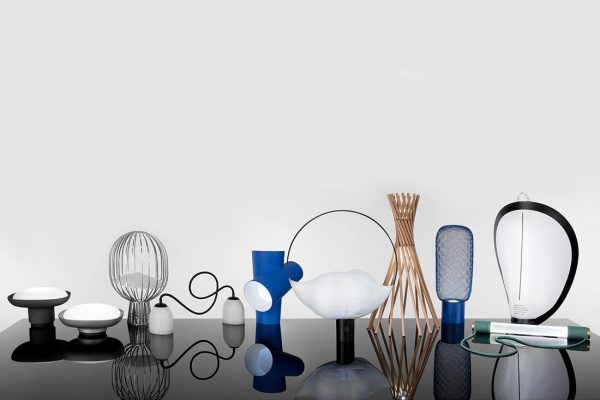
The collaboration has given both the brand and the students a valuable experience. “The students have had to come to terms with the reality of design, its concrete processes, while Foscarini has been forced out of its usual comfort zone: to see what direction creative thinking takes when it is still free of the rigid mental superstructures inevitably erected by years of familiarity and experience,” says Foscarini founder Carlo Urbinati in the exhibition catalog’s foreword.
Foscarini did not put constraints on materials and size of the product. Rather, says Urbinatti, the constraints emerged from real-life problems of creating a marketable design – feasibility, usability and aesthetic. The showcased results are intriguing.
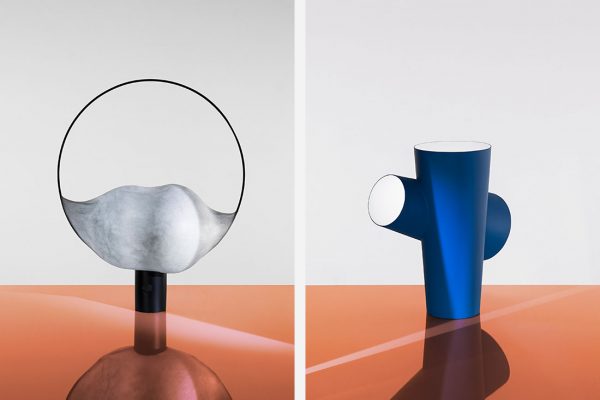
Cocoon by Bastien Chevrier (left) and Ombra by Eva-Maria Beer (right)
Cocoon by Bastien Chavrier, for instance, combines silk making tradition and LED technology. Chevrier let the silkworms weave its silk directly onto Cocoon‘s metal rods, which form the lamp’s diffuser. Eva-Maria Beer’s sculptural lamp Ombra is a play of volumes and contrast between closed and open surfaces. Ombra can emit light both directly and indirectly, depending on how the lamp is positioned.
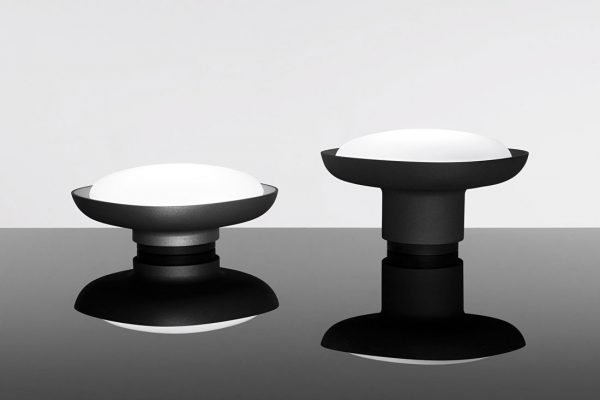
Palmo by Mu-Hau Kao
Taking inspiration from tableware, Palmo by Mu-Hau Kao is a portable light that consists of a cast aluminium ‘bowl’ and a delicate blown-glass diffuser. The ‘bowl’ serves as a container that you can carry and around, like serving a dish.
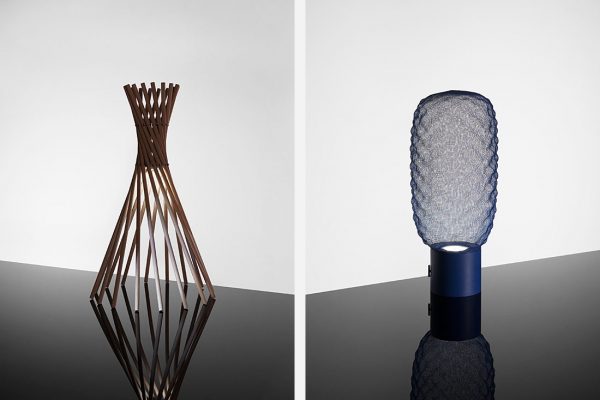
NO.16 by Kohei Kojima (left) and Pina by Oscar Estrada (right)
Kohei Kojima’s NO.16 comprises 16 wooden rods held together with rubber strings that cleverly hides all its electrical components. NO.16 lights up when the structure is twisted, making it appear like a magic trick. Oscar Estrada’s Pina creates a decorative moire effect via its delicate metal mesh diffuser that will change the mood of the room.
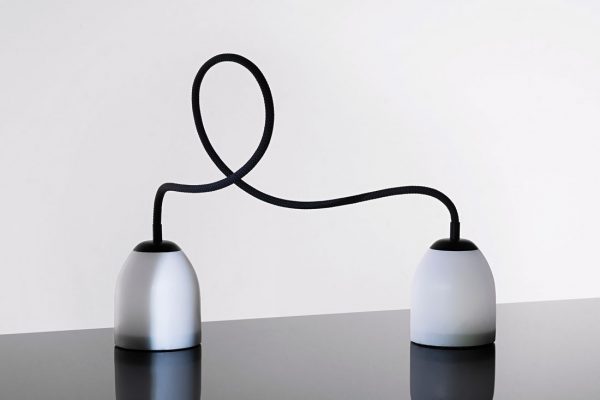
ARC by Sebastian Maluska
Meanwhile, Sebastian Maluska’s ARC comprises two light elements linked by a rubber string that will light up once they are placed on a flat surface or linked together. ARC can be set and combine to create a garland.
The exhibition runs until 22 April 2018.
A searchable and comprehensive guide for specifying leading products and their suppliers
Keep up to date with the latest and greatest from our industry BFF's!

Following its successful inaugural event in early 2024, the Vietnam International Trade Fair for Apparel, Textiles, and Textile Technologies (VIATT) is gearing up for its next instalment in 2025.

XTRA celebrates the distinctive and unexpected work of Magis in their Singapore showroom.

Elevate your outdoor spaces with pieces that are beautiful, functional, and engineered for you.

In this candid interview, the culinary mastermind behind Singapore’s Nouri and Appetite talks about food as an act of human connection that transcends borders and accolades, the crucial role of technology in preserving its unifying power, and finding a kindred spirit in Gaggenau’s reverence for tradition and relentless pursuit of innovation.

The reimagined format of ORGATEC for 2024 has reinvigorated the world’s leading trade fair for workplace design, resulting in the most successful edition to date. Read on to discover highlights and new trends from ORGATEC 2024.

Singapore Design Week is back and bigger than ever with a people-orientated theme featuring diverse events, workshops, talks and tours.
The internet never sleeps! Here's the stuff you might have missed

The John McAslan + Partners Sydney studio lead and director writes on the importance of transport infrastructure.

In northern Portugal, Studio Nicholas Burns has completed a refined and graceful winery building with rich local connections and a quiet landscape setting.